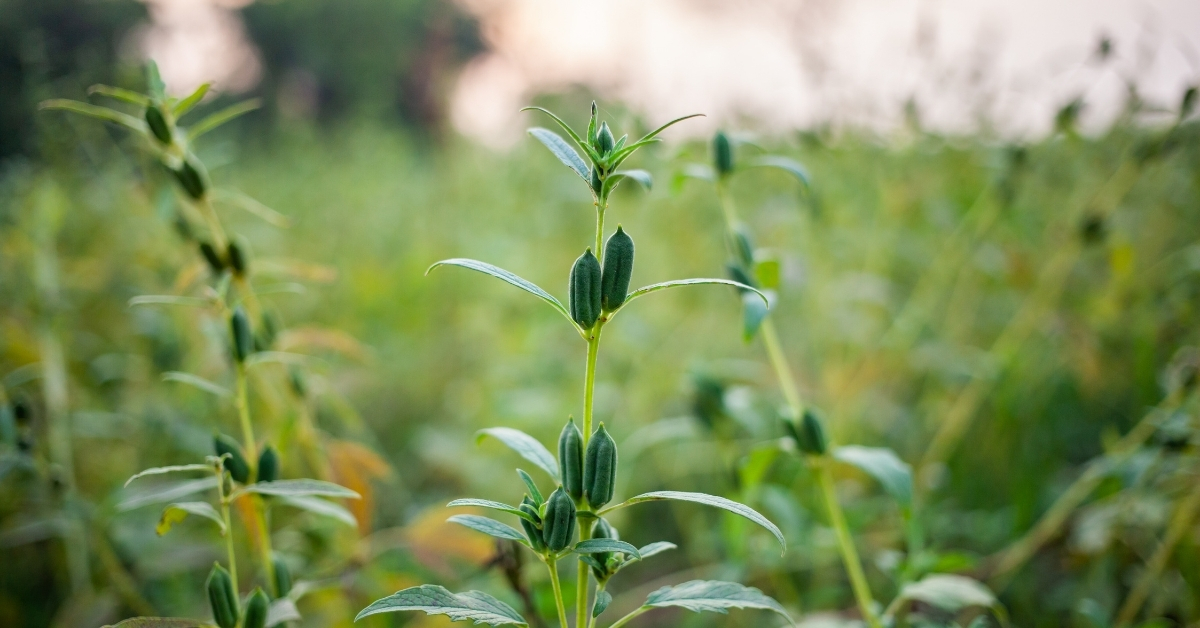October 23, 2024

On the hunt for superior seeds
John Folkerts has been working in horticulture for over five decades, with a 40-year focus on growing native plants. A founder of Linnaea Nurseries — a wholesale plant nursery in Langley, B.C. — Folkerts is also a passionate seed collector, always on the lookout for particularly hardy specimens of native plants thriving in unusual places. This allows him to produce a variety of plants uncommonly seen in niche microclimates.
Describe an average seed collecting day.
Recently, I was in Kelowna, Shuswap, Lillooet and Lytton, B.C., where I did a loop around and put on 1,400 kilometers that day. I started at five in the morning and got home at 10 at night. I collected in the Shuswap area, Kelowna, on top of the Coquihalla Highway — just different areas. I came home with about 14 or 15 different species of plants because there were other things ripe for collecting as well, even though the Oregon grape was my main target. You often come home with more than you initially planned for, but you don’t always know what that will be.
What kind of record-keeping is involved with seed hunting?
If I showed you my files where I keep all my information, there would be a "wow" factor. The detail of information that I keep on everything that I collect — I'm amazed myself. When you go into the forest or down some less-traveled road off the highways, you think, "I may never come here again. Or if I do come here again in a year or two, how will I ever find the spot?” So I count out exactly how many steps north, south, east and west this was from the road and exactly how many kilometers off the highway. So, the detail of the information I keep is rather incredible and meticulous.
Why do you save seed from a particular plant in a particular place?
We do a lot of cone collecting from evergreens. Let’s take a Douglas fir tree. It’s all over the West Coast, but there's also Douglas fir in the Kelowna area [in the interior of B.C.]. The seeds we process from cones collected off the trees on the West Coast won't grow in Kelowna.
Genetically, the seed is suited to the geo-climatic zone of the West Coast, so it’s only going to grow on the West Coast. If you collect seeds from cones in Kelowna, they’ll grow on the West Coast because the West Coast is not as cold as the interior. So, we often try to collect seeds from climatic zones that are as hardy as where we are, or from a zone or two that's even hardier. That way, when we grow them in the nursery, we know they’re going to survive.
But if I collected some Douglas fir seed from trees here on the West Coast and sold that seed to a nursery in Kelowna, they would have a seed crop failure after the first year because everything would die.
It's one of the things that drives me — the geo-climatic zone of the seed is very important to me. When I sell plants into the prairie provinces, I want to make sure that the seed we collect for these plants was found in the prairie provinces, so we know it's prairie-hardy and not from the West Coast.
When customers buy plants from us, they know that what they bought from us will work for their area because we took the seed collecting seriously.
What are some of your most successful plants found in unusual places?
Douglas fir is common on the West Coast and in the interior of the province, but that’s generally as far as it goes. However, a stand of Douglas firs was found in a gully in Calgary. About 25 years ago, a nurseryman from Calgary came to see me with a bag full of cones he had collected from these trees. We processed the seeds from those cones, grew the seedlings and planted all 2,000 of them back in Calgary. Now, there's a stand of Douglas firs in Calgary that we go to every year in the first week of September to collect more cones. We’re growing thousands of Douglas firs that are prairie-hardy.
That’s one of the things that keeps me going — finding unique things like this. We also found a few Norway spruce trees in Alberta that are mature and have cones. Norway spruce generally isn’t hardy for the prairies, but we collect those cones, process them and grow the seedlings so that we have prairie-hardy Norway spruce at our nursery as well.
It’s not just about the immediate sale. It’s about long-term success and making sure that our customers are happy with the plants they’ve purchased and that those plants thrive in their specific conditions.